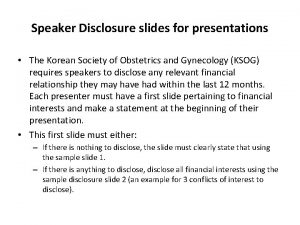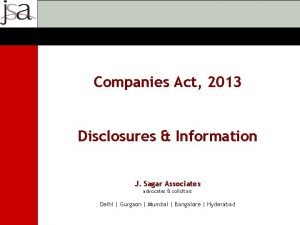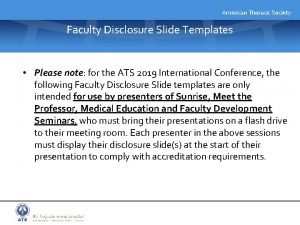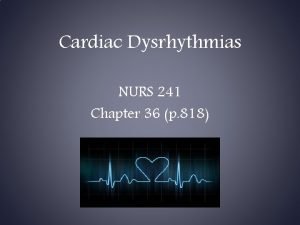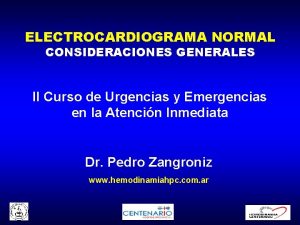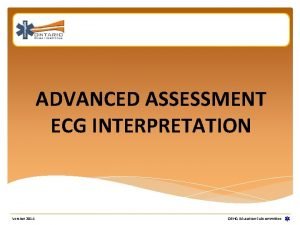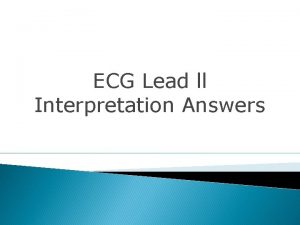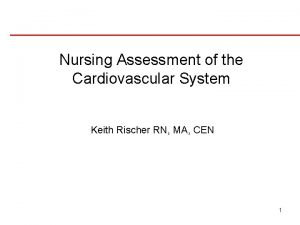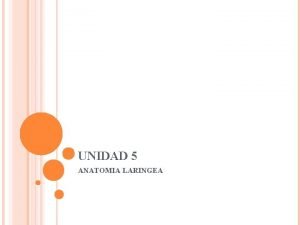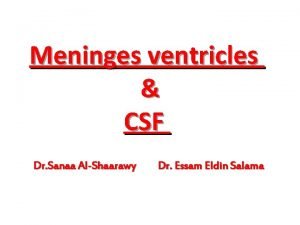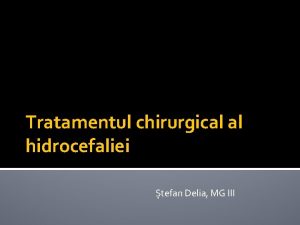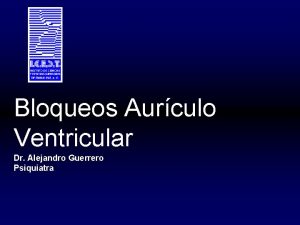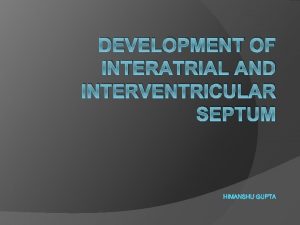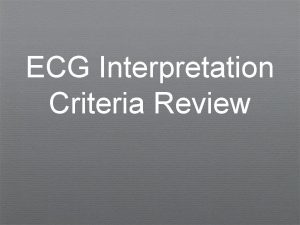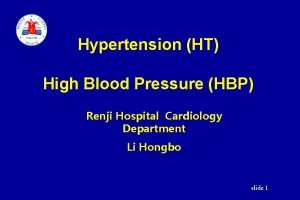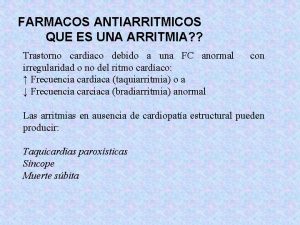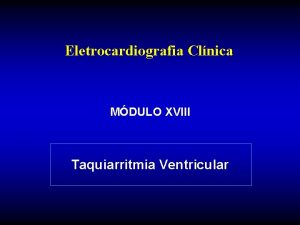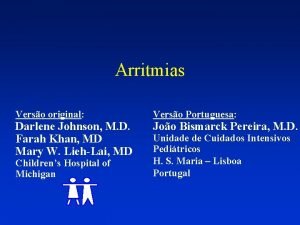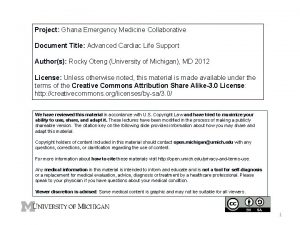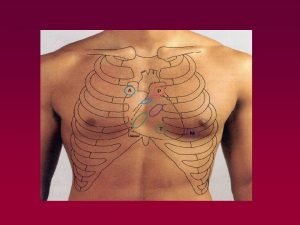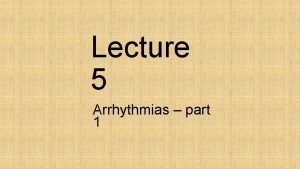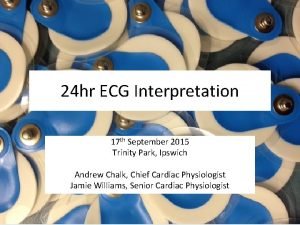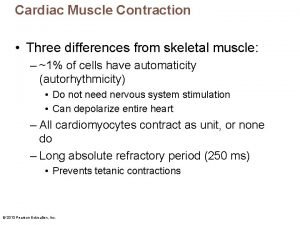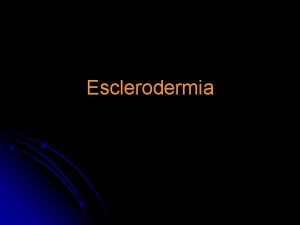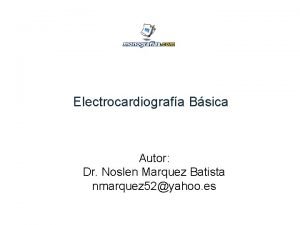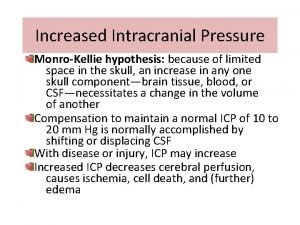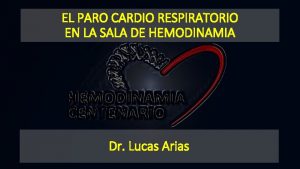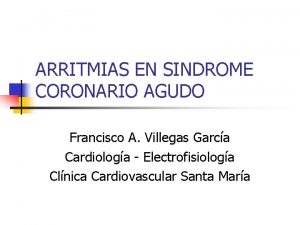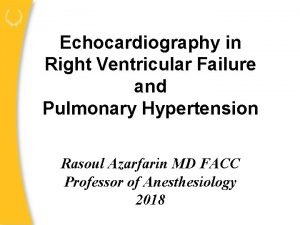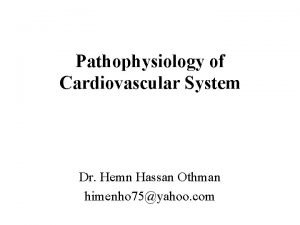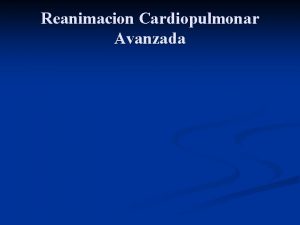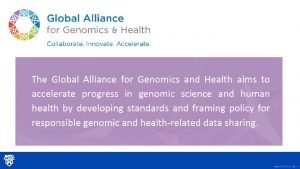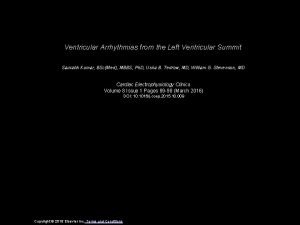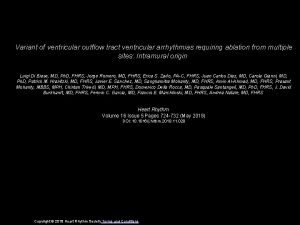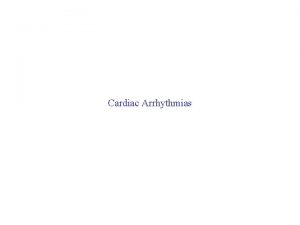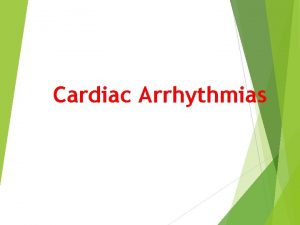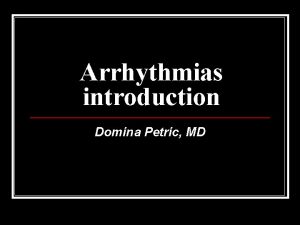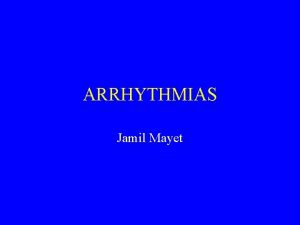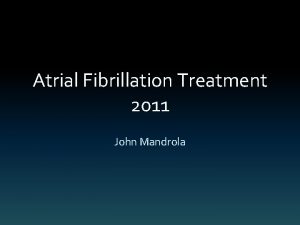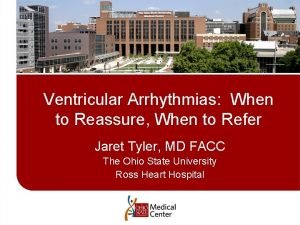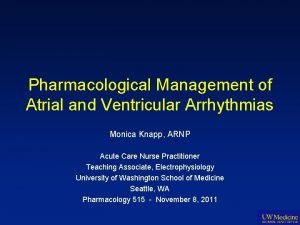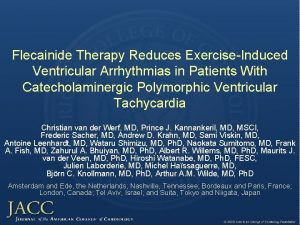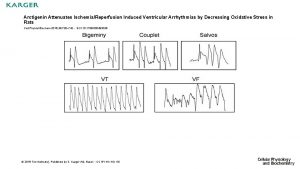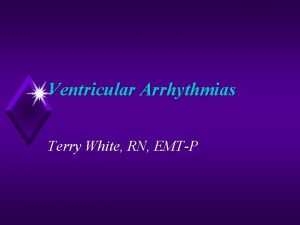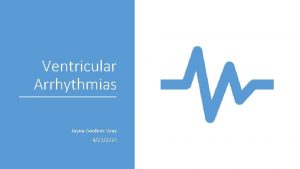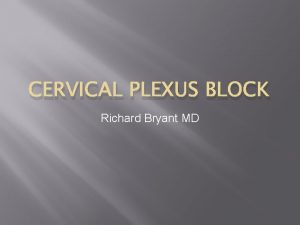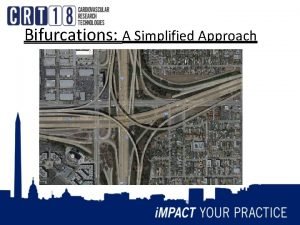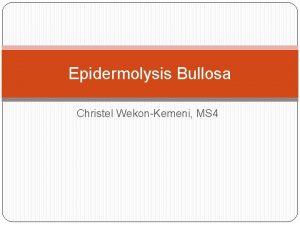Disclosures None 2011 MFMER Ventricular Arrhythmias When do









































- Slides: 41

Disclosures • None © 2011 MFMER

Ventricular Arrhythmias When do I need to worry? Fred Kusumoto MD Professor of Medicine Mayo Clinic College of Medicine Kusumoto. Fred@mayo. edu 18 th Annual Primary Care and Cardiovascular Symposium Jacksonville Fl – May 19, 2017 © 2015 MFMER | slide-2


Ventricular Arrhythmias: When do I need to worry? • • How scary? Structural Heart Disease? Funny Genetic Disorder? Symptoms? © 2015 MFMER | slide-4

Ventricular Arrhythmias: When do I need to worry? • • How scary? Structural Heart Disease? Funny Genetic Disorder? Symptoms? © 2015 MFMER | slide-5

Number of consecutive beats: “Sustained >>> Nonsustained > PVCs” Kusumoto, ECG Interpretation: from Pathophysiology to Clinical Application 2009 © 2015 MFMER | slide-6

Rate: “Slow = Less scary” Kusumoto, ECG Interpretation: from Pathophysiology to Clinical Application 2009 © 2015 MFMER | slide-7

Coupling Interval: “Shorter = scarier” (“R on T”) © 2015 MFMER | slide-8

Coupling interval “Longer = less scarier” © 2015 MFMER | slide-9

Ventricular Arrhythmias: When do I need to worry? • How scary? • How many in a row? • Rate • Coupling • Structural Heart Disease? • Funny Genetic Disorder? • Symptoms? © 2015 MFMER | slide-10

Ventricular Arrhythmias: When do I need to worry? • How scary? • How many in a row? • Rate • Coupling • Structural Heart Disease? • Funny Genetic Disorder? • Symptoms? © 2015 MFMER | slide-11

Abnormal LV: Hypertrophic cardiomyopathy Kusumoto FM. ECG Interpretation: From Pathophysiology to Clinical Application 2009


Bernath and Kusumoto. ECG Interpretation for Everyone 2011

Normal ventricular activation Precordial morphology V 6 V 1

Normal ventricular activation Precordial morphology V 6 V 1

Abnormal LV: Hypertrophic cardiomyopathy Kusumoto FM. ECG Interpretation: From Pathophysiology to Clinical Application 2009

Abnormal LV: Myocardial Infarction Kusumoto FM. ECG Interpretation: From Pathophysiology to Clinical Application 2009

Abnormal RV: Congenital heart disease? Kusumoto FM. ECG Interpretation: From Pathophysiology to Clinical Application 2009

Ventricular Arrhythmias: When do I need to worry? • How scary? • Structural Heart Disease? • LV: LVEF, HCM • RV: Congenital heart disease • Funny Genetic Disorder? • Symptoms? © 2015 MFMER | slide-20

Ventricular Arrhythmias: When do I need to worry? • How scary? • Structural Heart Disease? • LV: LVEF, HCM • RV: Congenital heart disease • Funny Genetic Disorder? • Symptoms? © 2015 MFMER | slide-21

Commonest funny genetic “channelopathies” • Brugada Syndrome Na+ © 2015 MFMER | slide-22

Commonest funny genetic “channelopathies” • Brugada Syndrome Na+ © 2015 MFMER | slide-23

ECG: Brugada Syndrome Kusumoto FM, ECG Interpretation: From Physiology to Practical Application 2009 © 2011 MFMER

Ventricular action potential

Ventricular action potential

Ventricular action potential

Commonest funny genetic “channelopathies” • Brugada Syndrome Na+ • Long QT Syndrome K+ © 2015 MFMER | slide-28

Commonest funny genetic “channelopathies” • Brugada Syndrome Na+ • Long QT Syndrome K+ © 2015 MFMER | slide-29

Ventricular action potential

Ventricular action potential EAD Action potential lengthening can lead to early reactivation of the cells (EADs)

Ventricular action potential EAD Action potential lengthening can lead to early reactivation of the cells (EADs)

Kusumoto FM, ECG Interpretation: From Physiology to Practical Application 2009

Long QT Syndrome: Assessing risk Kusumoto FM, ECG Interpretation: From Physiology to Practical Application 2009 Schwartz Circ 2010 © 2011 MFMER

Ventricular Arrhythmias: When do I need to worry? • How scary? • Structural Heart Disease? • Funny Genetic Disorder? • Long QT • Brugada Syndrome • Symptoms? © 2015 MFMER | slide-35

Ventricular Arrhythmias: When do I need to worry? • How scary? • Structural Heart Disease? • Funny Genetic Disorder? • Long QT • Brugada Syndrome • Symptoms? © 2015 MFMER | slide-36

Prognosis of Syncope: Framingham 1. 0 No syncope Vasovagal and other causes Unknown cause Neurologic cause Cardiac cause Probability of Survival 0. 8 0. 6 0. 4 0. 2 The only difference between syncope and sudden cardiac death is that in syncope, you wake up. Anonymous Patients with cardiac causes for syncope have a significantly increased mortality risk. 0. 0 Over 30% of adults will have an episode of 20 0 5 10 15 Follow-up (yr) syncope during their lifetime. Figure 2. Overall Survival of Participants with Syncope, According to Cause, and Participants without Syncope. P<0. 001 for the comparison between participants with. Framingham and those without syncope. The category“Vasovagal and other causes” includes vasovagal, orthostatic, medication-induced, and other, infrequent causes of syncope. Soteriades ES, Evans JC, Larson MG, et al. NEJM. 2002; 347: 878 -85. 25

Etiology of Syncope and Age Parry et al, BMJ 2010

Identifying cardiac syncope based on clinical history Berecki Gisolf et al PLOS 2013 © 2011 MFMER

Ventricular Arrhythmia Algorithm What did the ventricular arrhythmia look like? Does the patient have structural heart disease? Rhythm strip, ECG History ECG Echocardiography (MRI) Does the patient have something funny? Family History ECG Symptoms? History © 2015 MFMER | slide-40

Ventricular Arrhythmias: When do I need to worry? • • How scary? Structural Heart Disease? Funny Genetic Disorder? Symptoms? History Exam ECG Echo © 2015 MFMER | slide-41
 When becomes weakness
When becomes weakness Voluntary disclosures meaning
Voluntary disclosures meaning Nothing to disclose slide
Nothing to disclose slide Website disclosures under companies act 2013
Website disclosures under companies act 2013 Disclosure slide for powerpoint
Disclosure slide for powerpoint Coarse v fib
Coarse v fib Fibrilação ventricular
Fibrilação ventricular Frecuencia ventricular normal
Frecuencia ventricular normal Normal sinus rhythm with pjc
Normal sinus rhythm with pjc Ddx
Ddx Ventricular stanstill
Ventricular stanstill Apetm heart sounds
Apetm heart sounds Laringe
Laringe B-bloqueadores
B-bloqueadores Ventricular system
Ventricular system Drenaj ventricular extern
Drenaj ventricular extern Taquicardia ventricular polimorfa
Taquicardia ventricular polimorfa Heart tube
Heart tube Left ventricular hypertrophy
Left ventricular hypertrophy Tachycardia acls
Tachycardia acls Inotrop batmotrop cronotrop dromotrop
Inotrop batmotrop cronotrop dromotrop Tall p wave in lead 2
Tall p wave in lead 2 Classification of hypertension
Classification of hypertension Desfribilador
Desfribilador Farmacos antiarritmicos clase 1
Farmacos antiarritmicos clase 1 Taquicardia ventricular monomórfica
Taquicardia ventricular monomórfica Taquicardia supraventricular
Taquicardia supraventricular Wikimedia
Wikimedia Visceral layer
Visceral layer Ventricular escape rhythm ecg
Ventricular escape rhythm ecg Trigeminy
Trigeminy Ventricular depolarization vs repolarization
Ventricular depolarization vs repolarization Que significa sistema inmunologico
Que significa sistema inmunologico Crecimiento auricular izquierdo
Crecimiento auricular izquierdo Cushing's triad vitals
Cushing's triad vitals Taquicardia ventricular polimorfa
Taquicardia ventricular polimorfa Fibrilacion ventricular
Fibrilacion ventricular Capture beat
Capture beat Rvsp on echo
Rvsp on echo Ventricular wall aneurysm
Ventricular wall aneurysm Overdrainage of vp shunt
Overdrainage of vp shunt Nadrenalina
Nadrenalina


